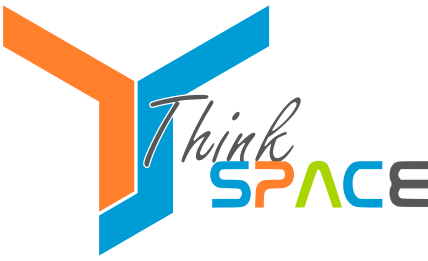All, Programming, websites
Data editing software Ni DIADEM – Five main options
Hi,
In today's article, I'd like to share with you my experience with the NI DIAdem software from National instruments. It is a tool designed to analyze and process test data, measurements, etc. It is a paid software, and the article below was made on a trial version.
Very often, when working, it is necessary to create charts that cannot be found in a standard Excel package. The data must be properly formatted and presented in the form of summary charts, comparative charts, where we have 3, 4, 5 and more reference scales, or another type of graphical form. Below I will present you a simple example of using DIAdem software for this purpose. For the analysis, I will use the data available in the basic package. There are many of them and for our first learning operations it is enough. I focused on the temperature data.
Article steps:
- Software presentation
- Data previev "view"
- Data analysis, chart type - "analysis"
- Creation of measurement raports - "Report"
- Creating your own scripts to automate your work
Software presentation
The main menu area is a place where we can choose which data we are interested in. On the right side of the window we have already loaded data, for example temperature
On the left side we have cards with all possible work areas.
Data formats, there is a large number of them, from very simple ones like .txt, very often in this format we have the results from the machine, we need to remember that these are well-formed and named columns because they are used to create data series in the program.
To load new data, click the folder icon (Load data file) or drag the interesting data into the window on the right.
Data previev "view"
This tab shows data from all channels. They can be plotted here. Just drag the column we are interested in onto the chart window and we will get our chart. With this, we can read the areas of interest to us by hovering the cursor over the area of interest. With this, we will get the X and Y values of the chart.
Data analysis, chart type - "analysis"
In this option, we can modify and analyze the existing data. It is possible to divide, multiply, exponentiate. Which is very helpful when getting unstable results. To get a "smoothed" graph from them, you need to raise it to the power that tells us.
There are literally a lot of options for modifying data, creating new ones from existing ones, extracting areas of interest to us. It's hard to describe all the possibilities in a short article. If anyone is interested, it is necessary to delve into the training of the program.
After creating new data channels, we can visualize them in the VIEW tab as we did with the basic data or use them in the final report.
Creation of measurement raports - "Report"
This is the option where we create the report. So we are interested in charts with information. All our data channels can be used here. After finishing the work, we can make a PDF file from each created graph or directly PowerPoint presentations.
On the left, we choose one of the available charts. We have the ability to create linear, bar, circular etc. There are many of them, so there will always be one to suit our needs.
To make a graph from the data of interest to us, double-click on the graph. A window will appear where you can modify the chart. We have several tabs. You can choose the x and y axis data from which the chart will be created. In the next tab, we modify the axes, their size, start and end values, thickness and type of lines. We also have the ability to precisely set everything on the card. Each of the chart elements, eg Legend, can be precisely placed on the chart by us.
The great advantage of this program is the ability to save the pattern of our chart. Once we format the chart, we will set all the elements perfectly for us, we can save this format and use it. When you throw more data samples into this spreadsheet, everything will look identical in terms of format. Which with complex reports is preferable to keep our report neat. It is much better and easier to view such results than how everything is made on other sheets.
Creating your own scripts to automate your work
This option is used to perform operations on all data. Here you can write your own script to convert units globally for all channels containing data of interest to us. Strength is an example here. We often get results in N from machines and we want to have kN in the graphs. In order not to have to change the units separately in each channel, because we have, for example, 100, in the Script tab, just write a global script to convert the value, i.e. divide the value by 1000.
Much more can be done here. Convert units, remove errors occurring when copying data, e.g. graph shift.
To sum up, NI DIAdem is, in my opinion, the perfect software for people working in a laboratory, processing data and creating measurement reports. It is enough to implement this program and the work goes smoothly and pleasantly, and you can get a lot of information that we cannot get from e.g. a spreadsheet.
I encourage you to work in this program, I plan to add an even broader description for each option.
Feel free to discuss in the comments and like our page on FB.










Comments